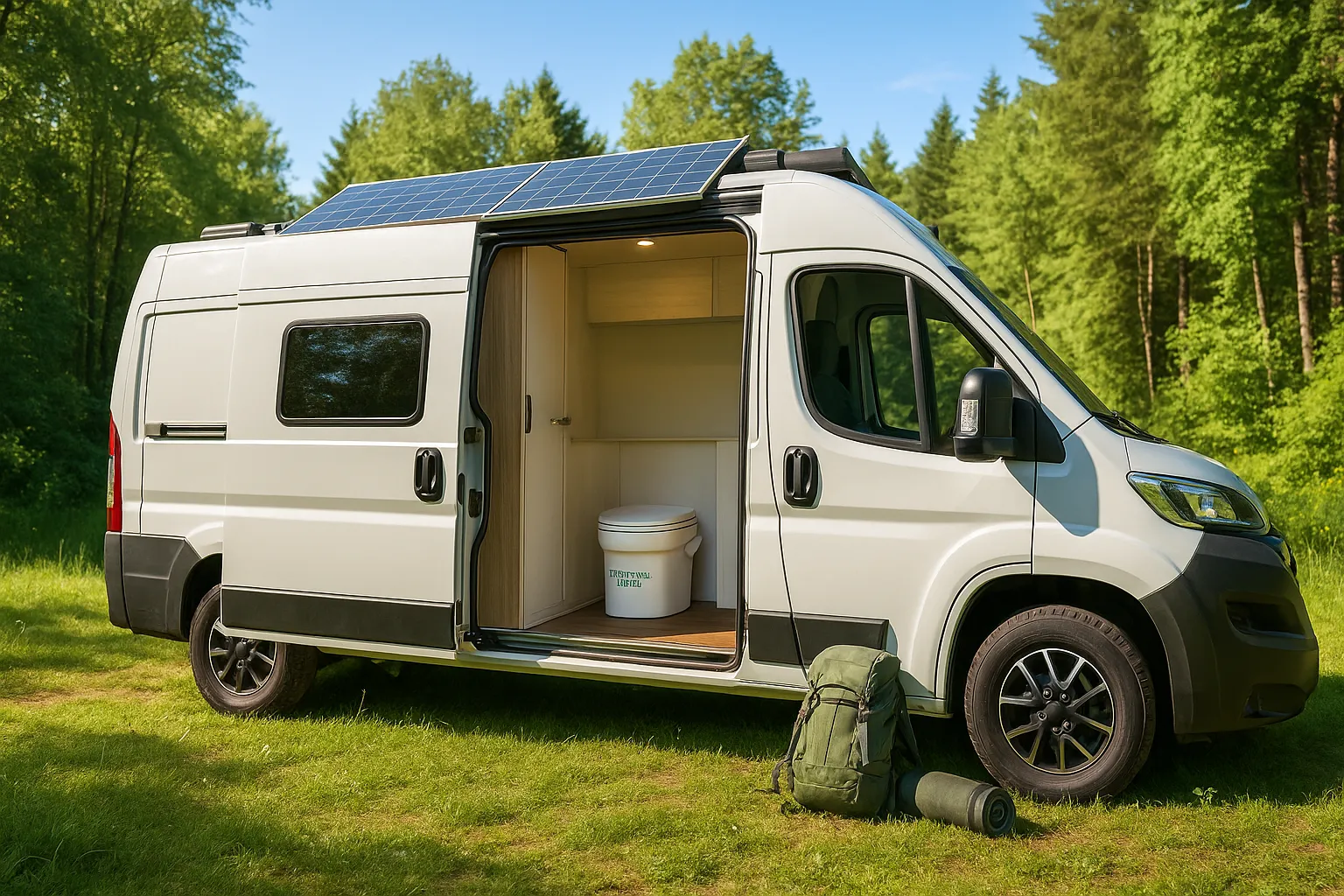

5 Warning Signs Your Camper Toilet Needs an Upgrade (And How to Fix It)
Why Your Camper Toilet Deserves More Attention
When you’re out on the open road or camping off grid, few things matter more than a reliable toilet system. A well-functioning camper toilet isn’t just about convenience—it directly impacts your health, comfort, and overall camping experience. Whether you’re a weekend warrior or a full-time RVer, your camper’s sanitation system plays a silent but essential role in your journey.
But like any frequently used RV component, camper toilets wear down. Ignoring early warning signs can lead to unpleasant surprises, costly repairs, and even health hazards. In this guide, we’ll explore five clear signs that your camper toilet may be due for an upgrade—and more importantly, we’ll walk you through smart solutions, from replacing camper toilet parts to switching to more efficient systems like composting toilets.

1. Persistent Odors: When a Camper Toilet Smells Off, It’s Not Just the Road
One of the most common—and frustrating—signs of a failing camper toilet is persistent odor. A well-maintained camper toilet should be nearly odorless, even in high-use environments. If you’re constantly catching foul smells wafting through your RV, it’s a red flag that something deeper is wrong.
Odors can be caused by cracked seals, faulty valves, or poorly designed venting systems. Often, the issue lies with aging or clogged vent hoses that no longer effectively transport gases out of your camper. Swapping in new parts like a vent hose with a smooth interior wall or a vent fan sound dampening system can dramatically improve air quality inside your rig.
It’s also worth evaluating whether your current setup is outdated. Many traditional camper toilets lack modern airflow systems that come standard with composting options. According to EPA guidelines on indoor air quality, poor ventilation in confined spaces can lead to unhealthy environments—a problem you don’t want to ignore in your RV.
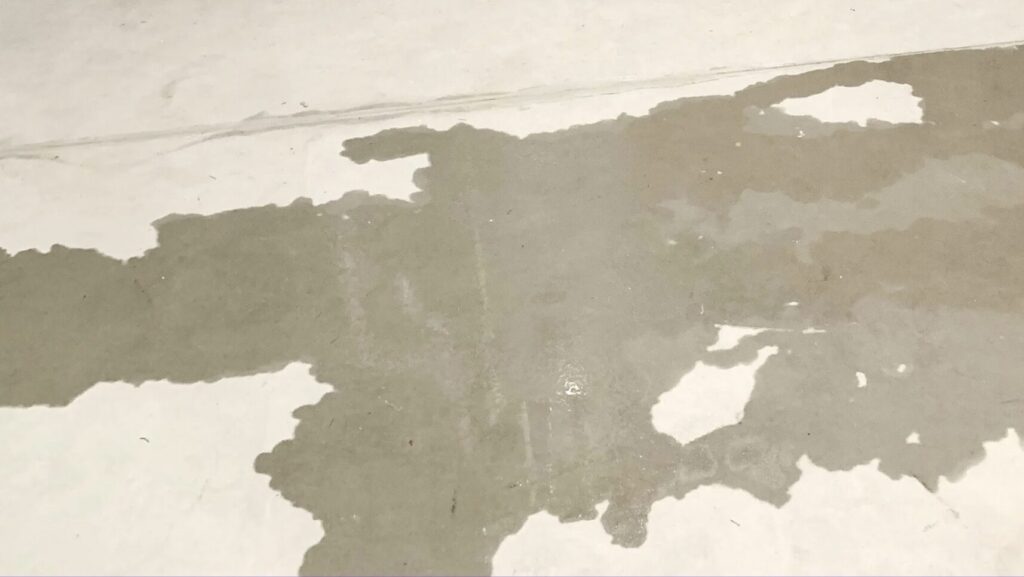
2. Leaks Around the Base: A Silent Culprit Behind Water Damage
Leaks are a stealthy but serious issue in any camper toilet system. If you notice water or waste pooling around the base of your unit, it’s time to investigate immediately. Even small leaks can cause long-term damage to your RV’s subfloor, resulting in costly structural repairs.
Most often, the culprit is a degraded or misaligned flange seal. These rubber gaskets create a watertight connection between the toilet and the waste tank. Over time, they dry out or crack.
In cases of persistent leaks, consider upgrading to a unit with better moisture control and separation of liquids and solids. Composting toilets like those available for Air Head RV Campers offer advanced containment systems that prevent leaks and make maintenance much easier than with traditional black tank setups.

3. Flushing Issues: When Your Camper Toilet Won’t Flush or Refill Properly
If you’re dealing with weak flushes, slow water refill times, or complete flushing failure, you’re likely facing either mechanical wear or water supply problems. These symptoms often suggest that essential camper toilet parts like the flush valve or pump are wearing out.
In water-flush systems, mineral buildup from hard water can clog jets and valves, drastically reducing efficiency. A common DIY fix involves descaling or replacing components. For dry or composting toilets, flushing issues may be related to internal agitation mechanisms or clogged air pathways.
In many cases, traditional flush toilets in campers simply aren’t built to last. Switching to a waterless option like the Air Head Tejo eliminates these issues entirely. These models are ideal for both RVs and off-grid living, requiring no pressurized water connection to function effectively.
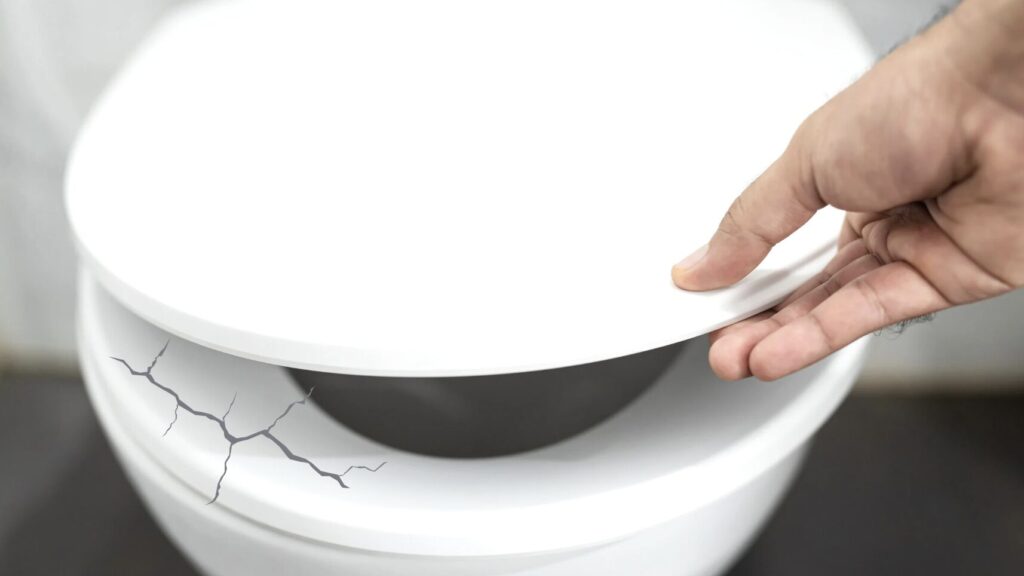
4. Cracks in the Bowl or Exterior Shell
It may be tempting to ignore a small crack in your toilet bowl, especially if it’s not leaking. But these tiny fissures often expand with use and temperature changes. Cracks can harbor bacteria, cause unpleasant odors, and eventually lead to structural failure.
Plastic camper toilets are especially susceptible to stress fractures. UV exposure, vibration from travel, and frequent use all contribute. Inspect your toilet regularly for signs of wear, and consider an upgrade if damage is present.
Modern composting toilets are made with marine-grade materials and are built to withstand harsh environments. Air Head’s durable design outperforms most conventional models, offering longevity, odor control, and easy maintenance. It’s a worthwhile investment for anyone serious about full-time or seasonal camping.
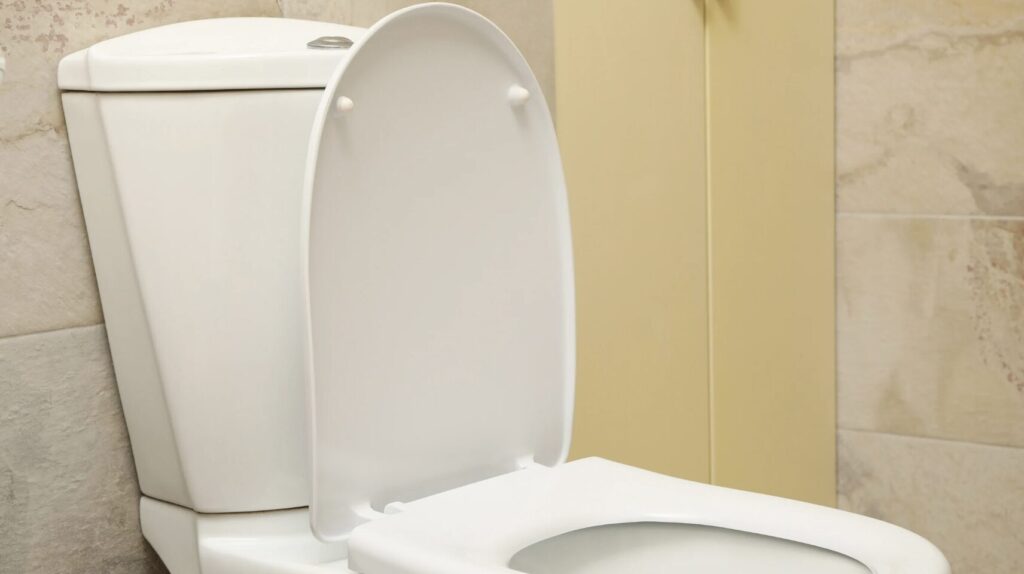
5. Outdated Design or Poor Efficiency: Time to Modernize Your Mobile Sanitation
Today’s camping mobile toilet options are miles ahead of the clunky, waste-heavy models of decades past. If your camper toilet lacks odor control, uses excessive water, or requires frequent dumping, you’re dealing with inefficiency that can—and should—be corrected.
Newer composting systems separate solids and liquids, which extends emptying intervals and virtually eliminates odors. The Air Head Composting Toilet features a compact footprint and intuitive controls, making it perfect for modern RVs and tiny homes alike.
Beyond efficiency, environmental impact matters. Composting systems significantly reduce your water usage and eliminate black tank chemicals. According to National Park Service guidelines, improper human waste disposal is one of the biggest environmental issues in natural parks. Upgrading your camper toilet is a small but powerful step toward eco-responsible camping.
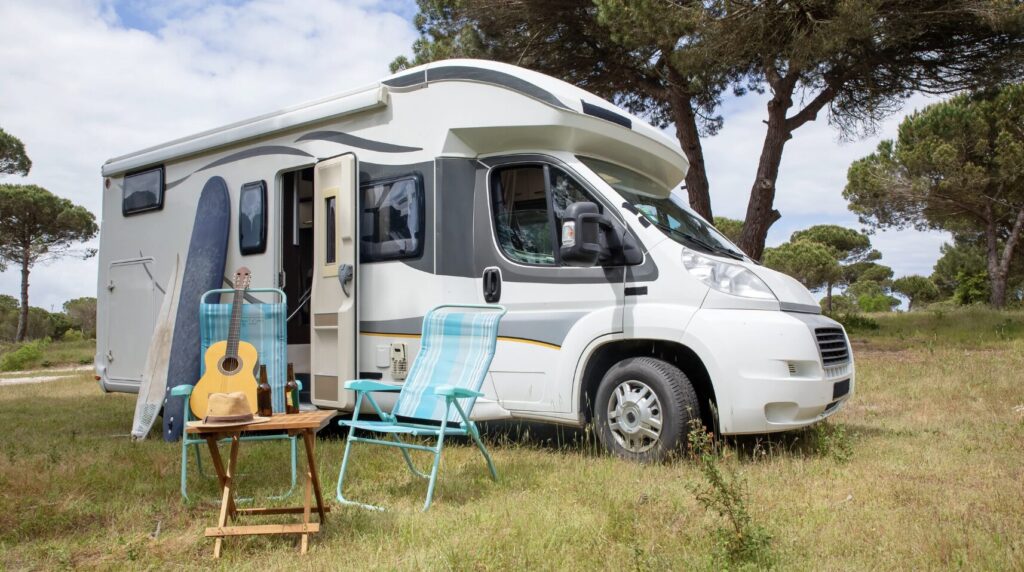
How to Identify the Right Camper Toilet Parts for Repairs
When tackling repairs, knowing exactly what camper toilet parts you need is half the battle. Start by identifying the model and brand of your current toilet. Then cross-reference parts with manufacturers’ diagrams or online support pages like the Air Head details and dimensions guide.
For ease and reliability, stick to reputable suppliers and brands. For Air Head Toilets, we offer a wide range of durable parts designed for long-term use in rugged environments, including sailboats, tiny homes, and marine applications.

When a Repair Won’t Cut It: Choosing the Right Replacement Camper Toilet
Sometimes, the best solution is to replace the entire unit. This is especially true if your camper toilet is over a decade old, frequently breaks down, or is simply incompatible with your current RV lifestyle.
There are several options on the market—from cassette toilets to chemical systems—but composting toilets are fast becoming the top choice. They’re low-maintenance, odor-free, and ideal for both off-grid cabins and RV setups. Explore Air Head’s comparison page for an in-depth breakdown.
When choosing a replacement, consider factors like tank capacity, ease of installation, maintenance needs, quality components, and available accessories. Air Head’s installation guide and Help Me Choose tool can walk you through the decision-making process.

Pro Tips for Maintaining Your Camper Toilet (and Avoiding Costly Repairs Later)
Good maintenance habits will prolong the life of your camper toilet and help you avoid emergency repairs while you’re out on the road. Regular cleaning, timely part replacements, and proper seasonal storage are key.
Use eco-friendly tank treatments and regularly rinse out holding tanks. Make sure your vent system is clear and functioning. For composting toilets, proper emptying and agitation are critical for odor control and decomposition.
You can find even more guidance on the Air Head cleaning guide and FAQ page. Preventative maintenance isn’t just about avoiding problems—it’s about keeping your mobile lifestyle stress-free.
Stay Ready for the Road — Upgrade Before It’s Too Late
Ignoring signs that your camper toilet needs an upgrade can lead to discomfort, costly repairs, and even environmental hazards. Whether it’s persistent odors, leaky seals, poor flushing, cracks, or outdated design, recognizing these red flags early allows you to take smart action.
Whether you’re ready to replace worn camper toilet, or simply wanting to upgrade to a new composting toilet system, upgrading your setup is a long-term investment in comfort and peace of mind. With better sanitation, fewer headaches, and more time to enjoy your journey, it’s one of the smartest decisions you can make as a camper, off-grid dweller, or RV enthusiast.
Explore Air Head’s full product range and join a growing community of campers committed to smart, sustainable sanitation.



